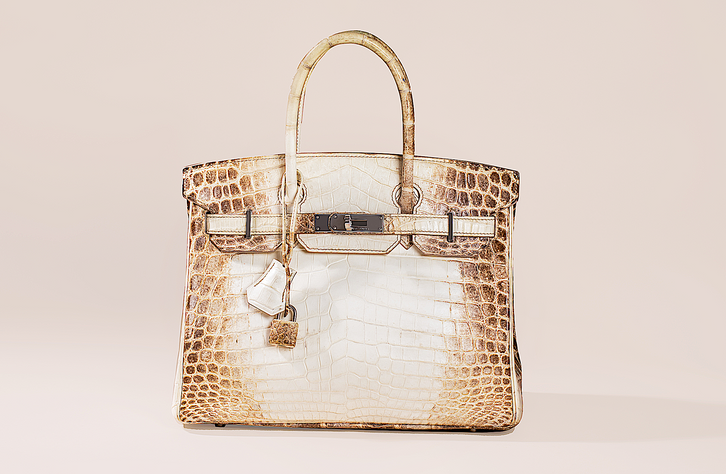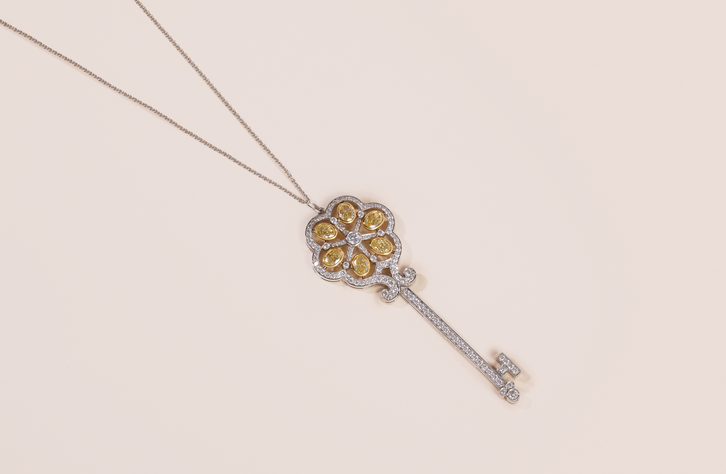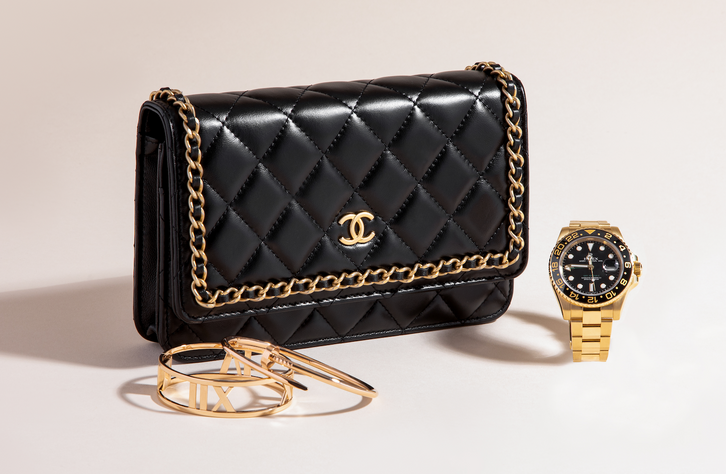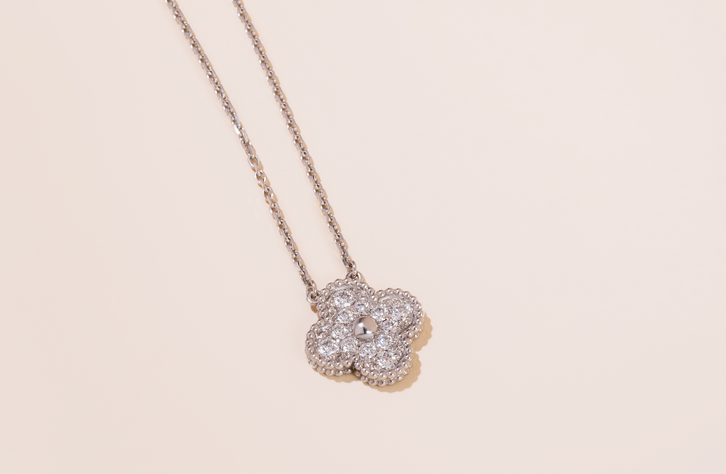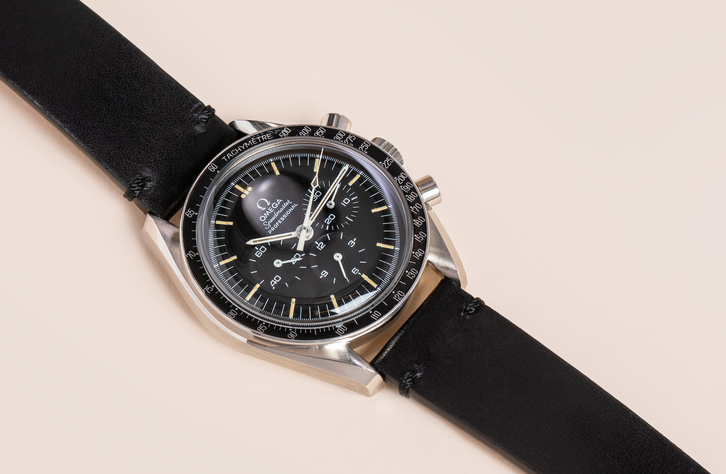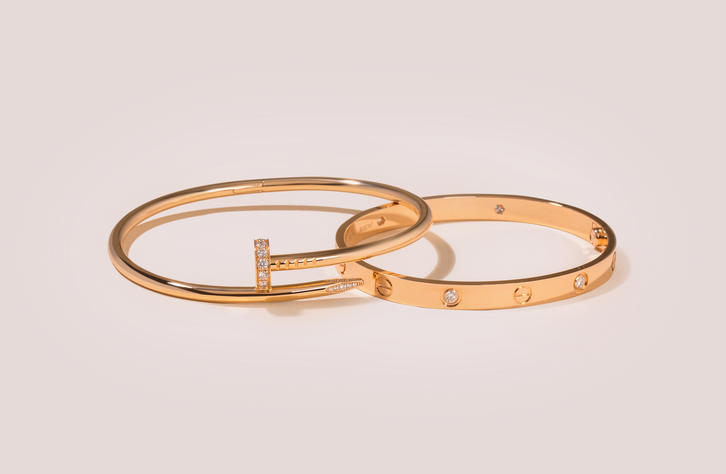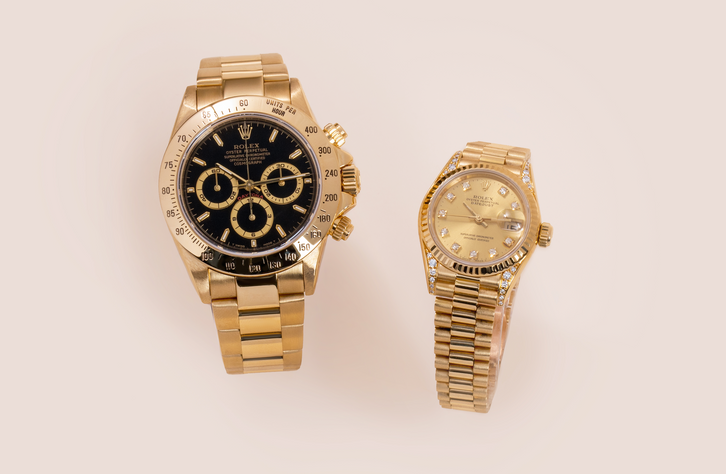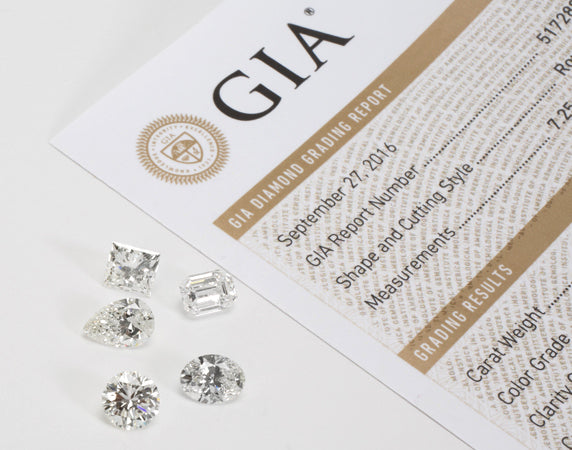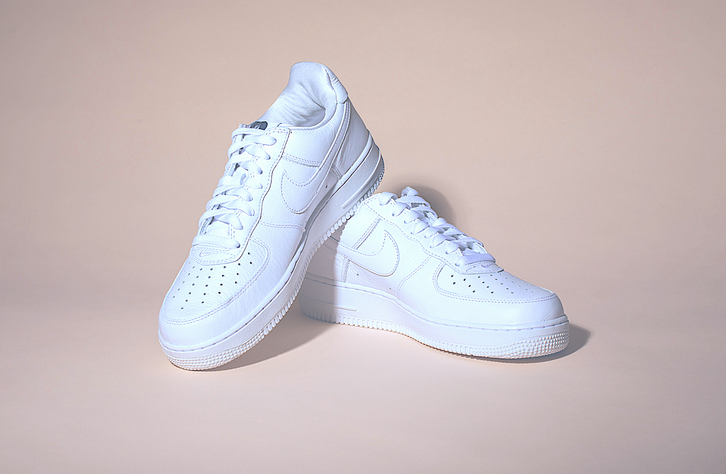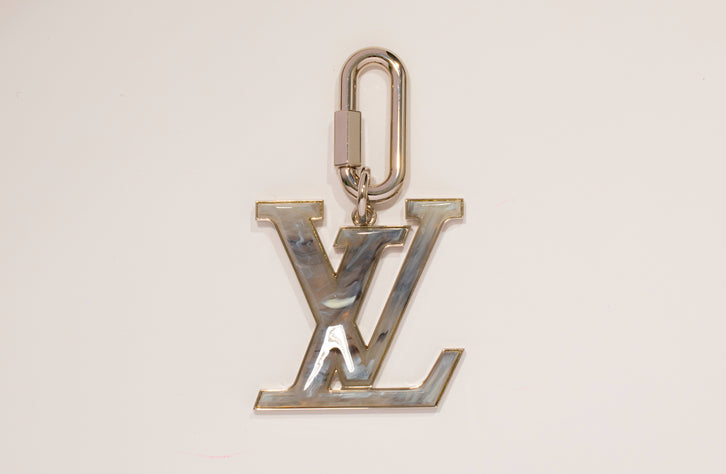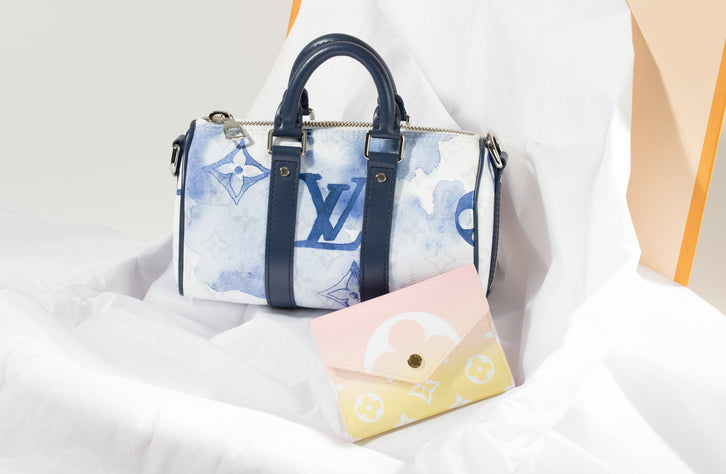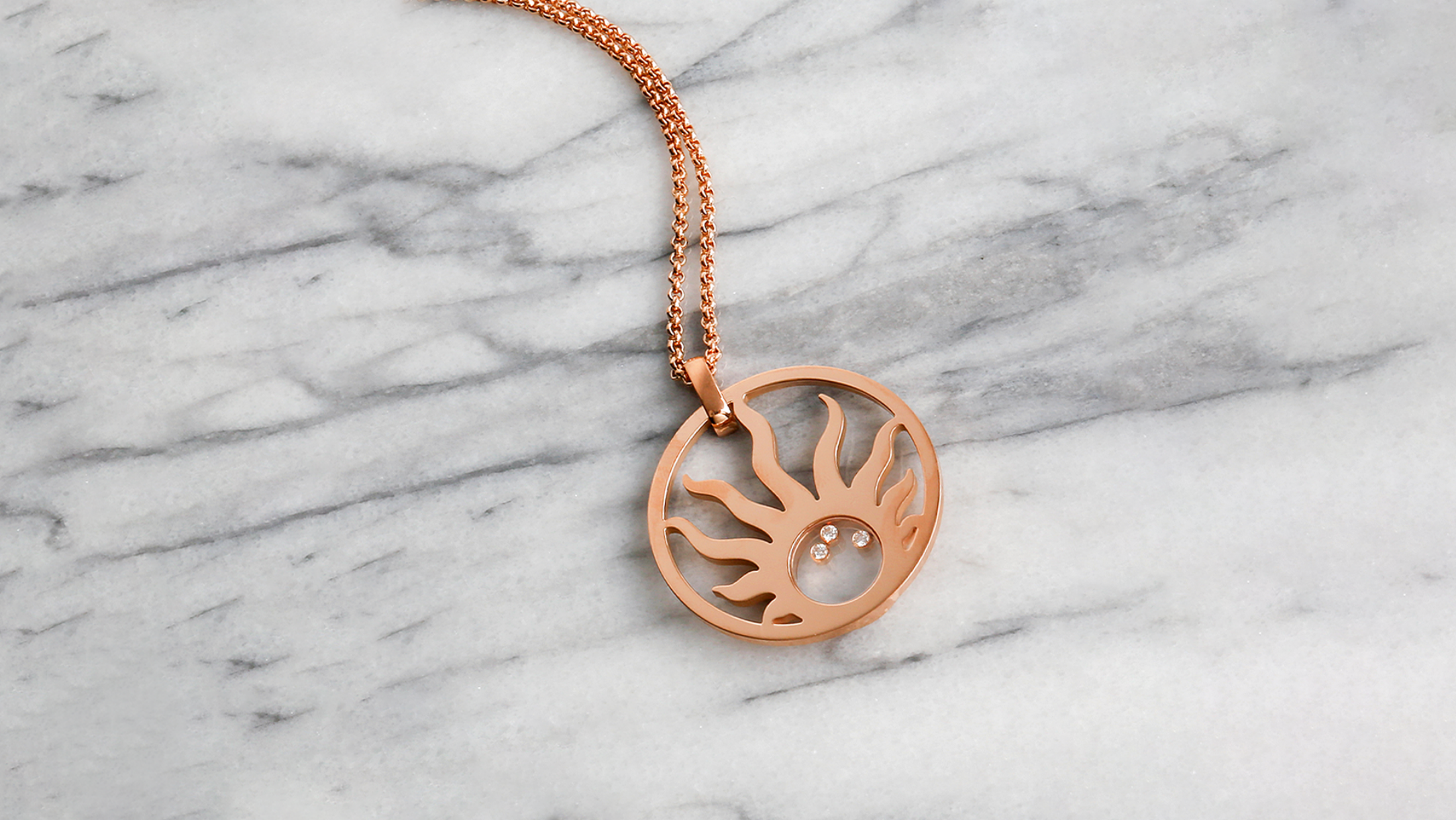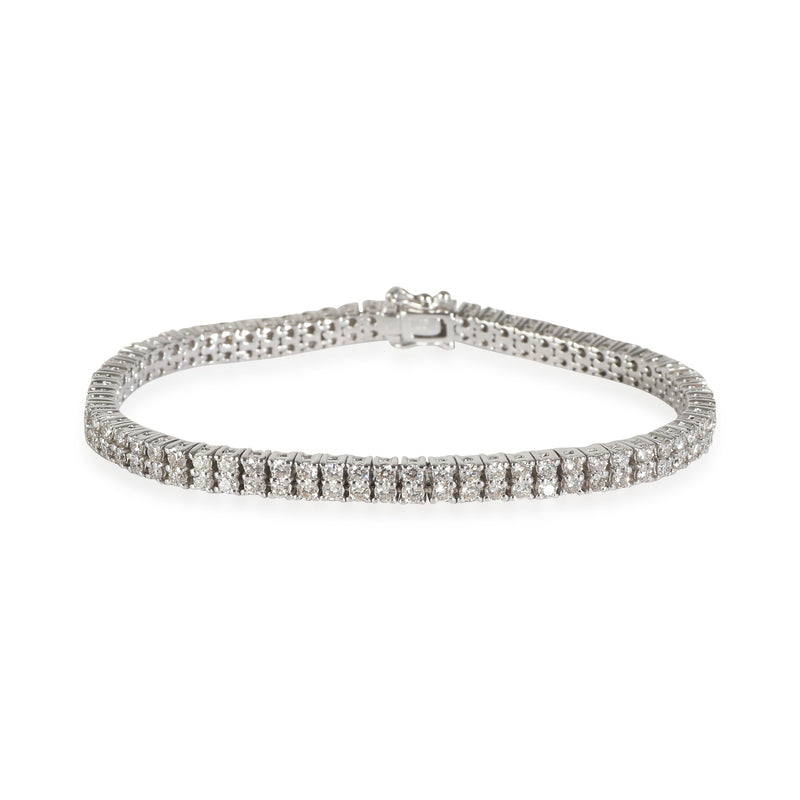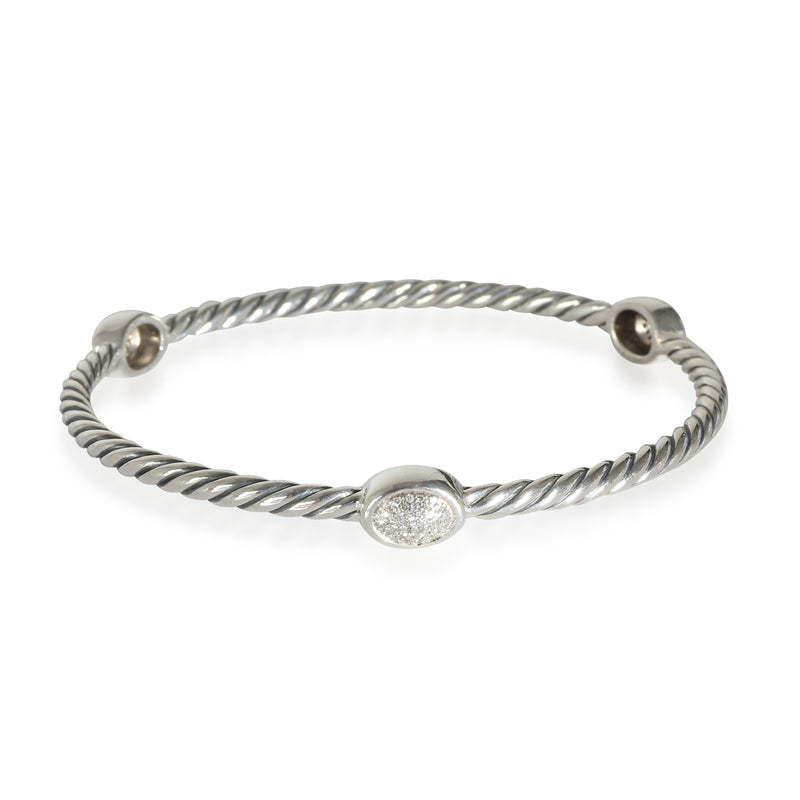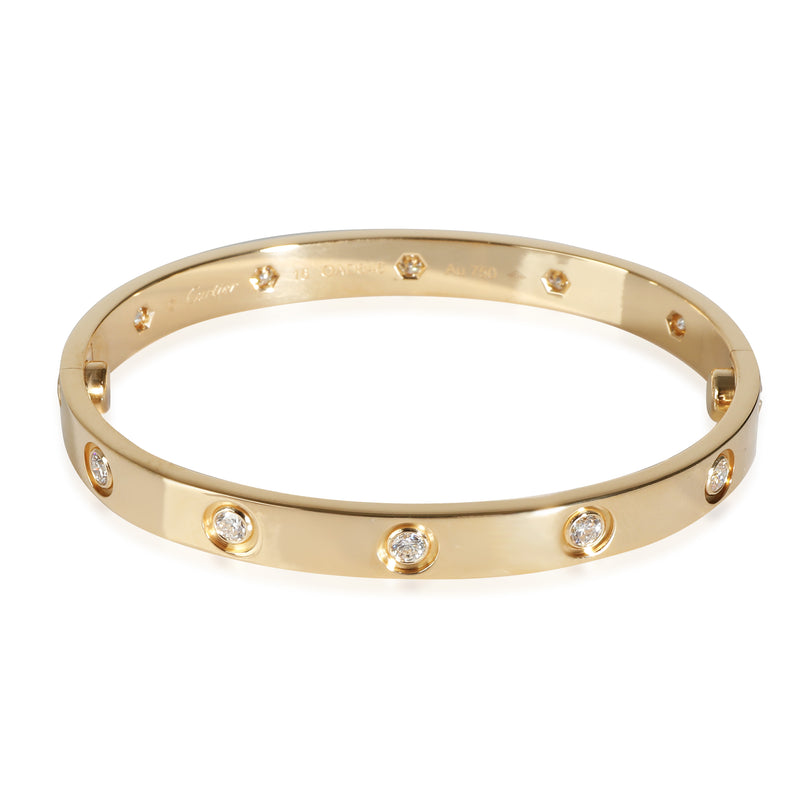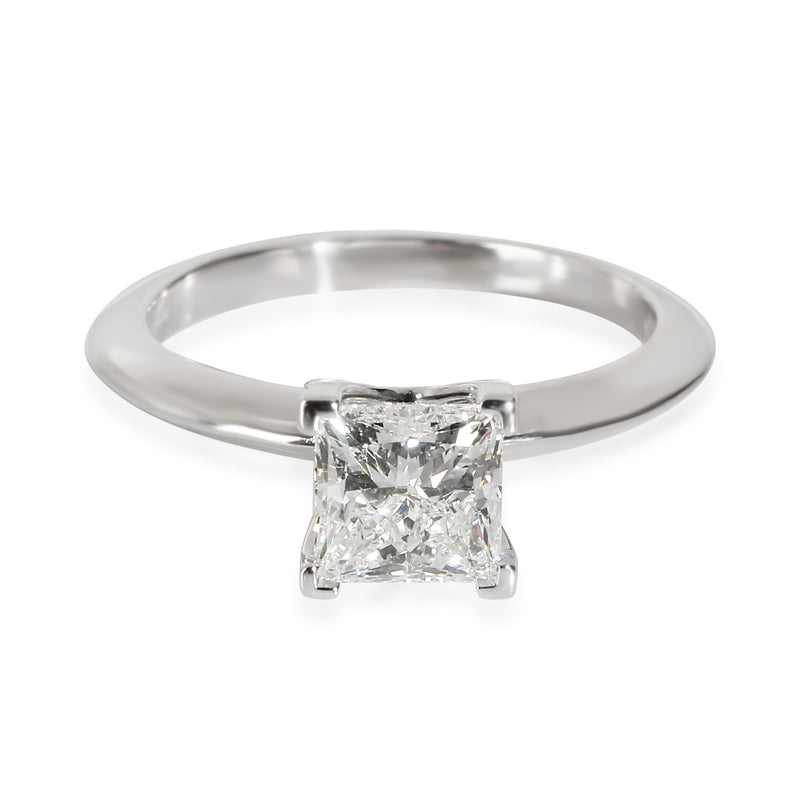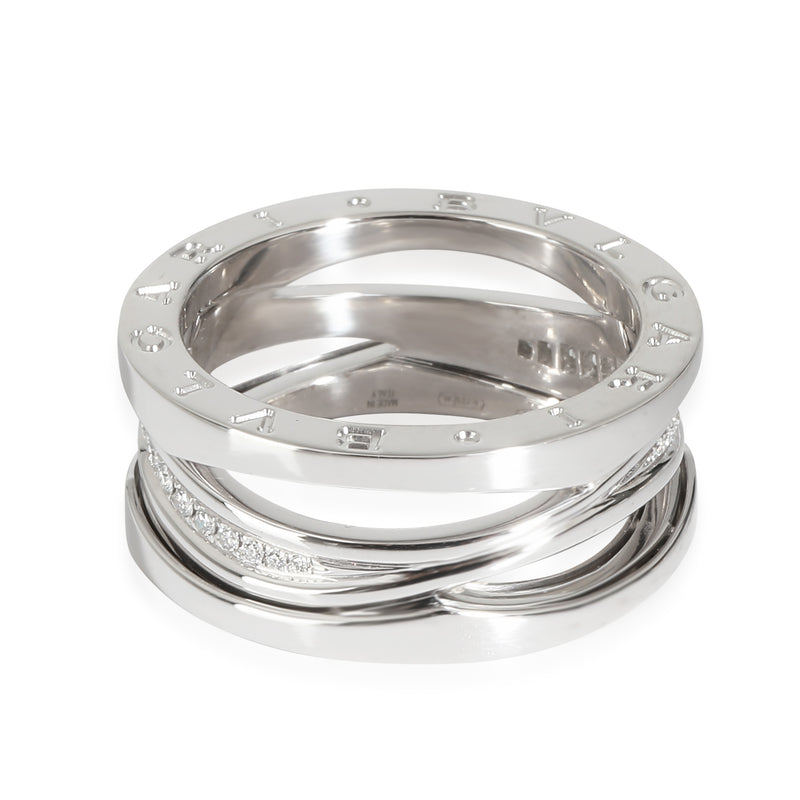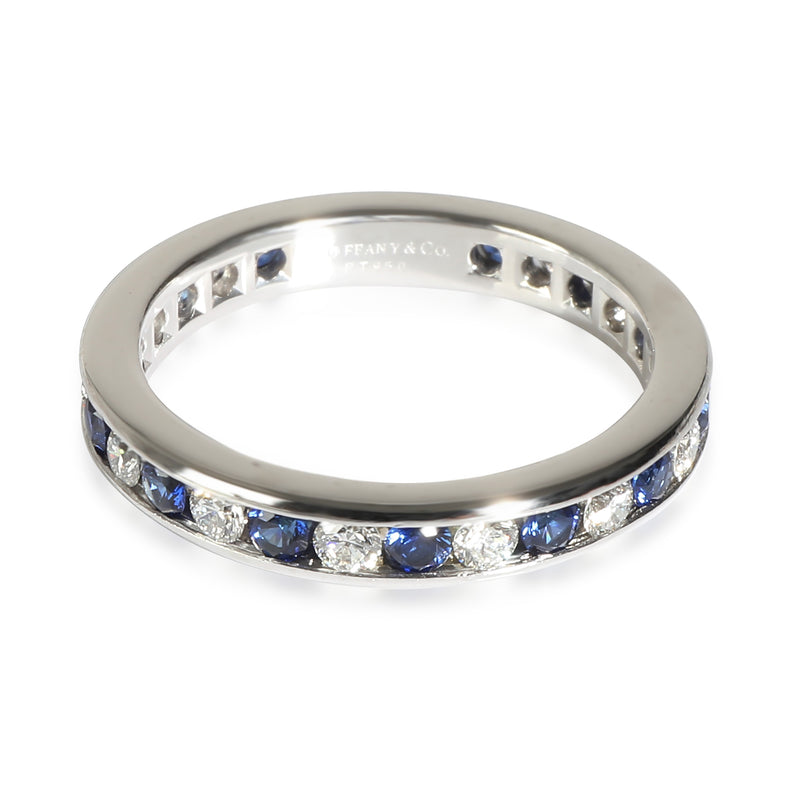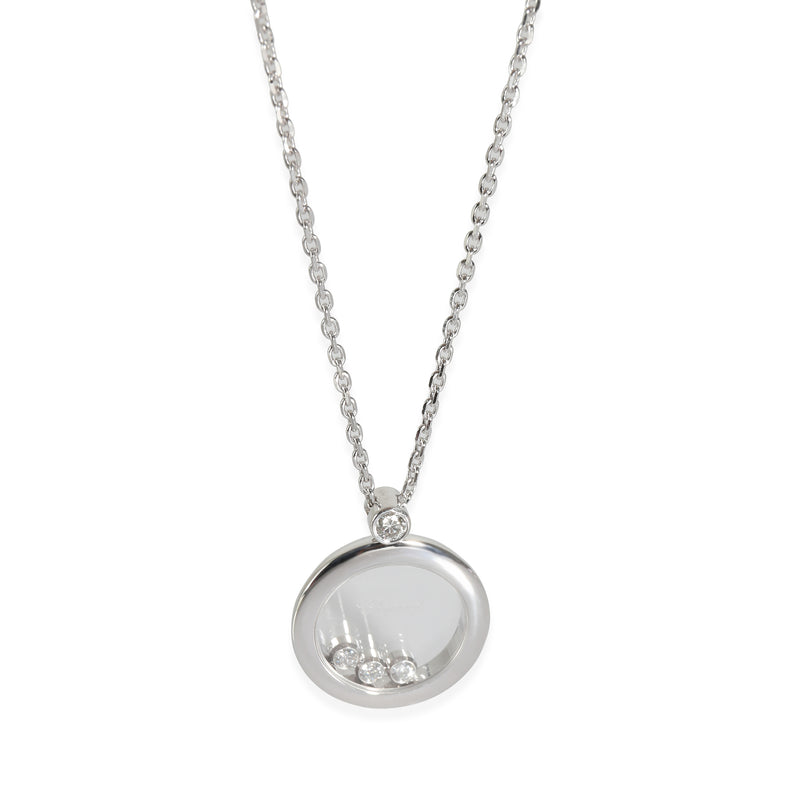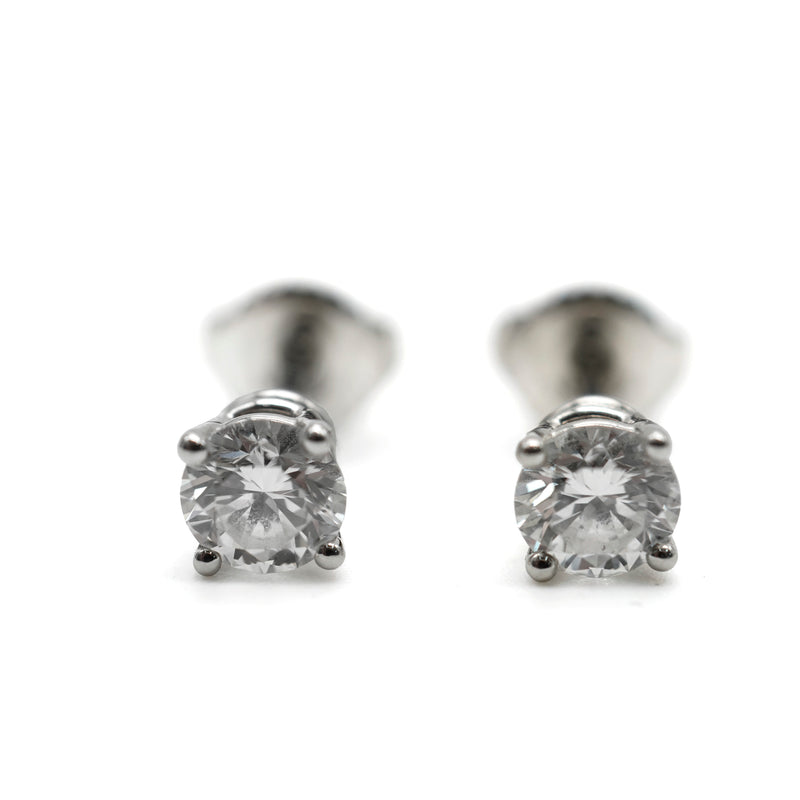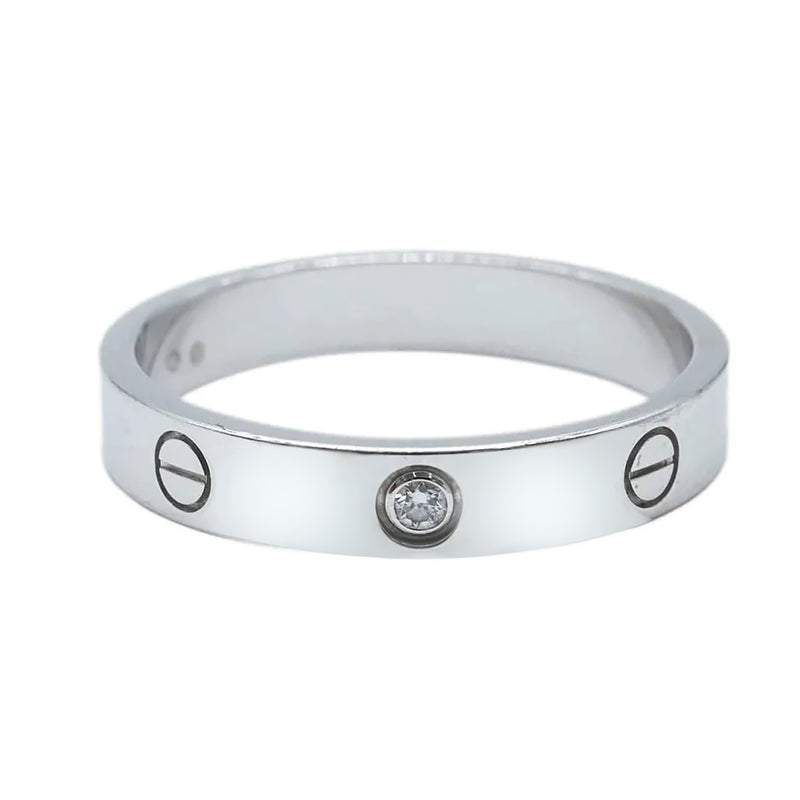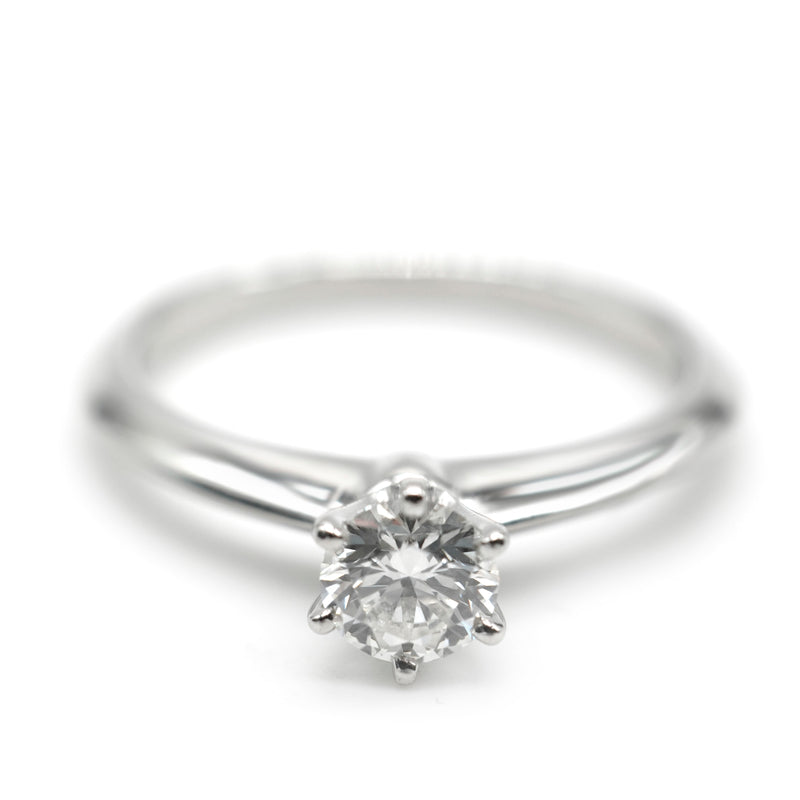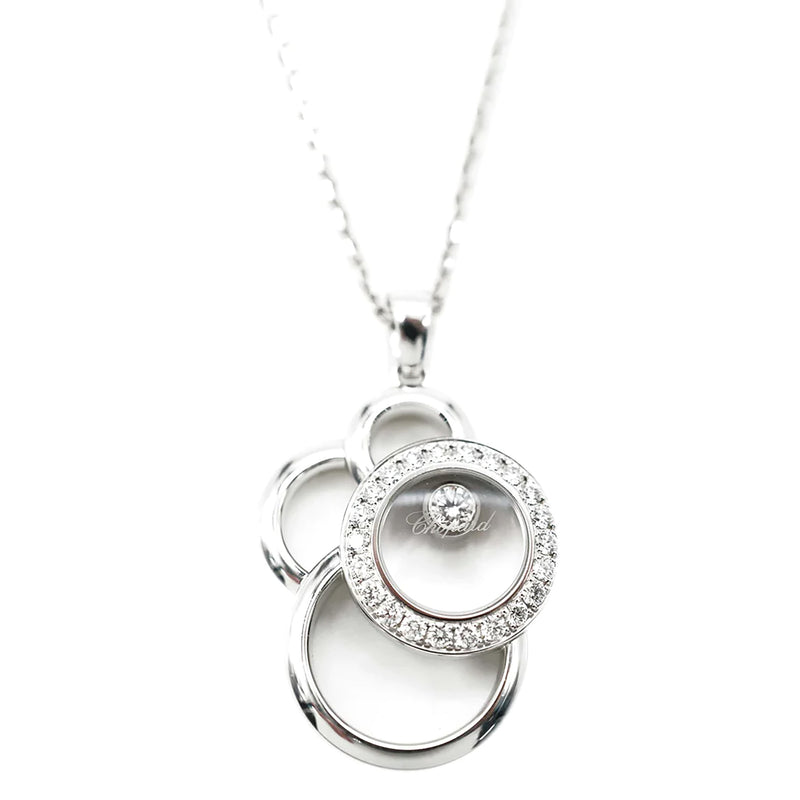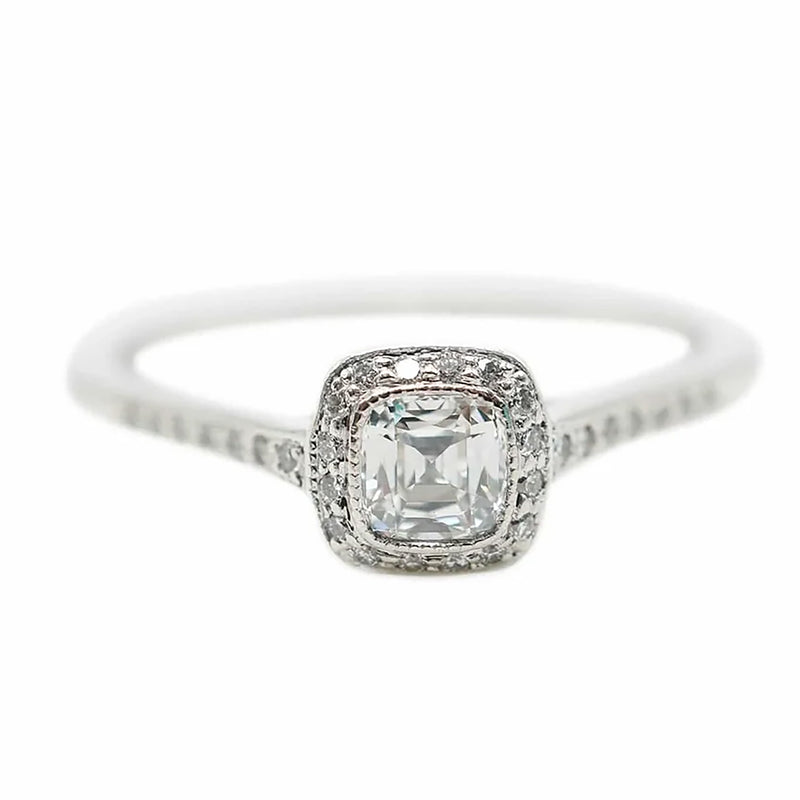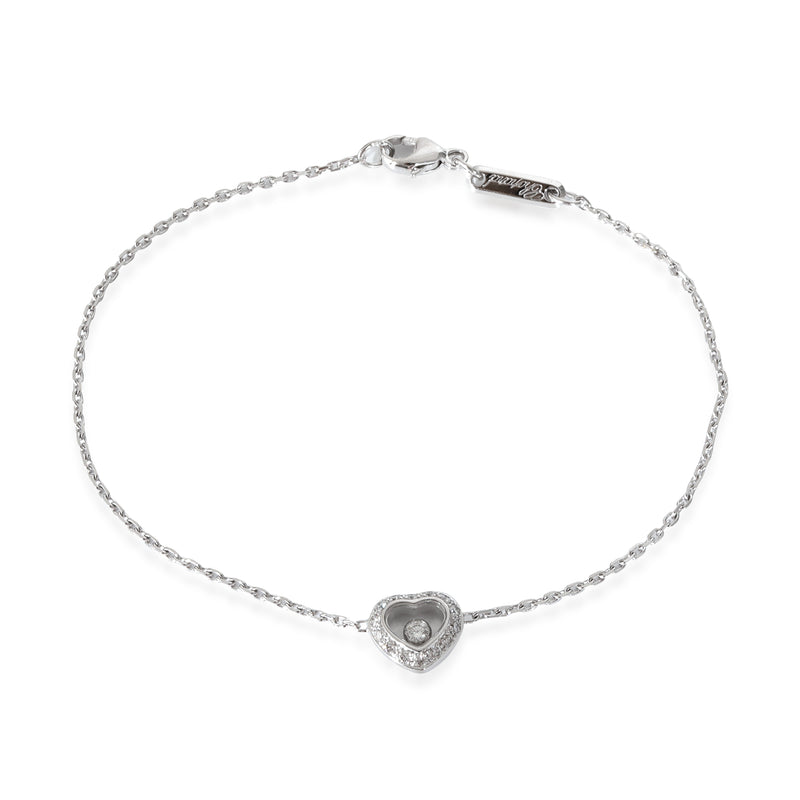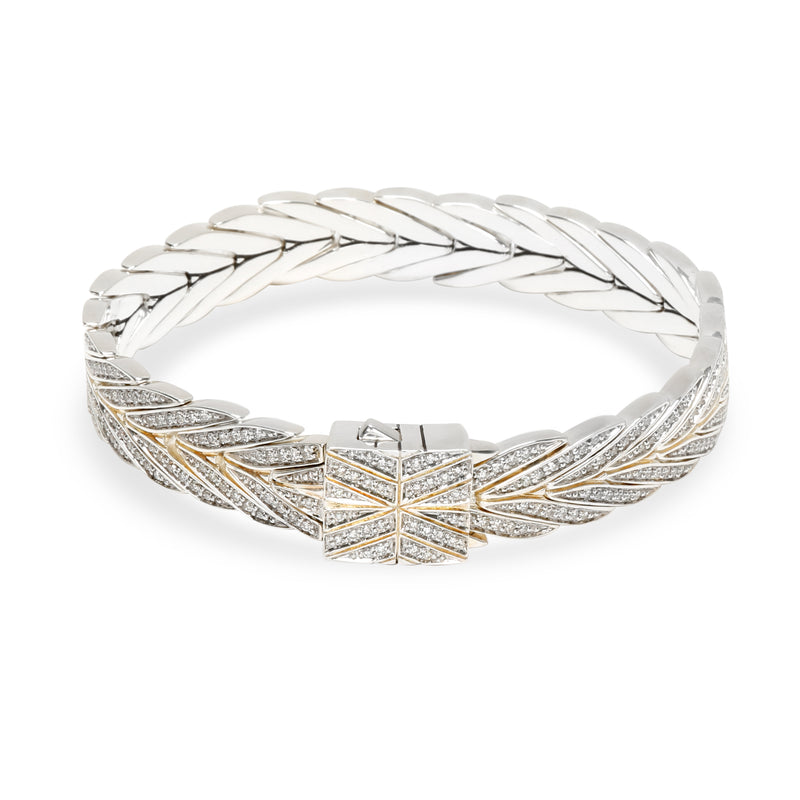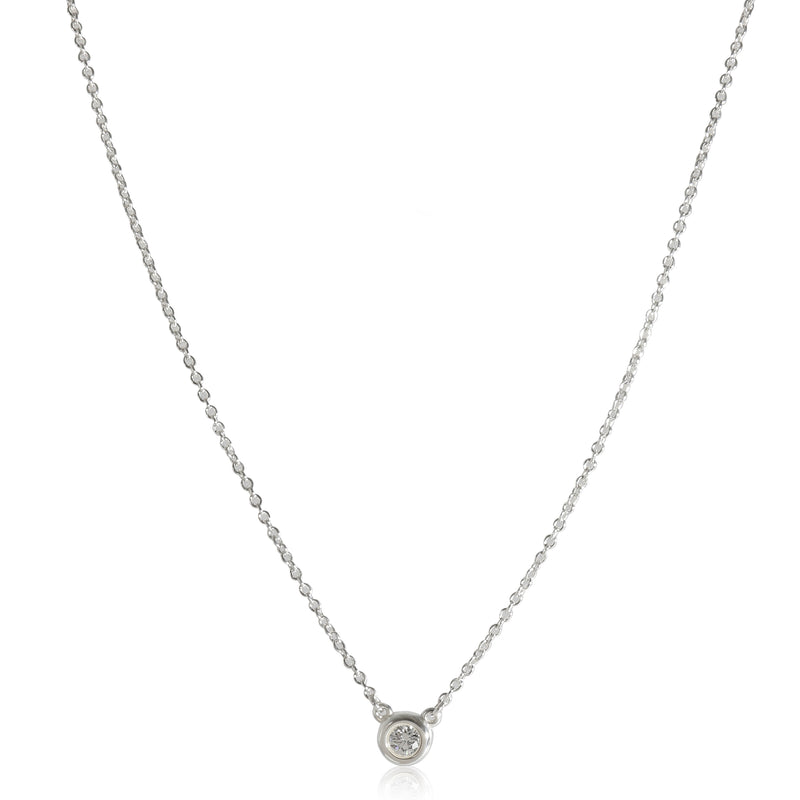Who doesn’t love dazzling diamond jewelry? But with endless diamond sizes, shapes and colors available, how do you find diamond jewelry at the best price? Our diamond experts are here to guide you through everything that you need to know to buy your ideal diamond jewelry. From mastering the 4C’s of diamond grading, to finding the best deals and to sharing our top diamond picks, learn how to buy diamond jewelry at the best prices.
How To Buy Diamond Jewelry:
- Understand the 4 C’s of diamond grading
- Buy pre-owned
- Set a budget
Understand the 4 C’s of Diamond Grading
When it comes to buying diamond jewelry, it is important to have an understanding of the 4 C’s. These are the globally accepted diamond grading criteria made by the Gemological Institute of America (GIA). With these grades, you can infer the quality of any diamond.
- Cut Grade: How well cut a diamond is, graded on a scale of Excellent to Poor. This only applies to round diamonds, while fancy cut diamonds, such as pears, hearts and ovals do not have official cut grades. The better a diamond is cut; the better light can travel through the stone and create sparkle.
- Color Grade: How much color a diamond displays, graded on a scale from D (colorless) to Z for (light yellow). This only applies to white diamonds as fancy colored diamonds, such as fancy pink and fancy blue diamonds, are graded from Fancy Light to Fancy Vivid depending on their color intensity. While white diamonds are more desirable when colorless, fancy color diamonds are more desirable when they display rich colors.
- Clarity Grade: How clear a diamond is, graded on a scale from FL (flawless) to I3 (visibly flawed). Diamonds can have inclusions and blemishes that look like black and cloudy spots. These imperfections can detract from the beauty of a diamond depending on their intensity and location. Even though a stone might look clear of blemishes and be “eye clean”, it may still have imperfections when examined by a professional with a loupe.
- Carat Weight: The weight of a diamond measured in carats, frequently abbreviated as ct.
Unless you have an unlimited budget, there is normally some compromise when choosing a diamond. Maybe you will forgo a color grade or two to be able to get the carat weight you would like. Or perhaps you will opt for a lower clarity grade in order to secure a top cut grade and the sparkle that you are looking for. The good news is that the difference between a grade or two is often not eye visible, but might have a significant impact on cost. So it is important to weigh up which of the 4 C’s matter to you most.
Buy Pre-Owned Diamond Jewelry
The best way to buy diamond jewelry for great prices is to shop pre-owned. Why? Because buying pre-owned diamond jewelry means that you get to enjoy beautiful pieces at a fraction of their original cost. Once diamond jewelry leaves the store it was brought from, it drops in price, much like a new car once driven off the lot. The good news is that when buying pre-owned you get the discounted, second-hand price. And best of all, as long as the jewelry has been polished and refurbished as needed by a professional, it will look brand new!
In addition to the financial benefits of buying pre-owned diamond jewelry, there are also ethical and environmental benefits. Diamond and precious metal mining has devastating results on the environment, creating pollution and toxic waste that harms the surrounding area. Bad labor practices and so called “blood diamonds” are also an unfortunate reality of mining in certain parts of the world.
As a result, you may be considering a lab grown diamond. However man-made diamonds use a tremendous amount of energy as diamonds are created with huge amounts of pressure and heat. Meaning that lab grown diamonds are not an eco-friendly alternative. The most sustainable and ethical way to buy diamond jewelry is to shop pre-owned.
By buying diamond jewelry that has been recycled back onto the market, you are reducing the demand for freshly mined stones or lab created stones. Pre-owned diamond jewelry will look brand new but will not have contributed to any of the ecological or ethical issues around mining or man-made stones.
Set a Budget
The final step for buying diamond jewelry is to set a budget. Setting a budget before you start shopping will help guide your decision as you peruse jewelry and save you from accidentally spending more than you intended. Keep the following in mind when making your budget:
- When it comes to engagement rings, we have all heard the old adage that you need to pay two months of your salary. But did you know that this “rule” was just a marketing campaign made by a major diamond company in the 1940s? The reality is that you should set a budget that you feel comfortable with and know that you can commit to.
- Decide which of the 4 C’s of diamond grading are the most important to you. If you want a large diamond, then you may consider selecting a diamond with lower cut or clarity grades to offset the cost.
- Are you looking to buy the piece outright today or pay it off over time? Shopping from a store with monthly payment plans is a fantastic way to secure diamond jewelry that you love while comfortably paying for the piece off over time.
- Consider your current income and expenses. Are there any expenses you can cut back on for a few months and put that money towards your jewelry purchase? After a few months of packed lunches, coffee from home or canceled streaming services, you will easily have more cash on hand.
When you shop at myGemma, staying within your budget while buying exceptional diamond jewelry is always easy. We carry a wide array of authenticated, pre-owned diamond jewelry from brands such as Tiffany & Co., Van Cleef & Arpels and Bulgari that are up to 80% off retail prices. To make things even more affordable, we provide easy monthly payment options with our partner Affirm. With savings like these, you can always shop luxuriously and never overpay. Our commitment to selling affordable diamond jewelry is backed by our A+ rating with the BBB and excellent customer reviews.









